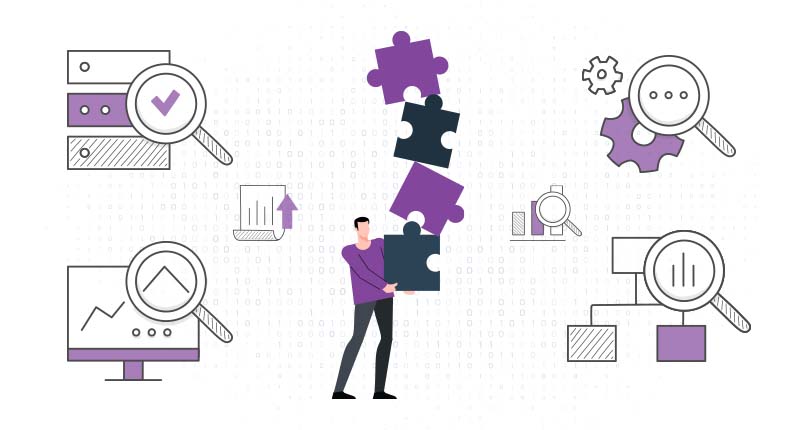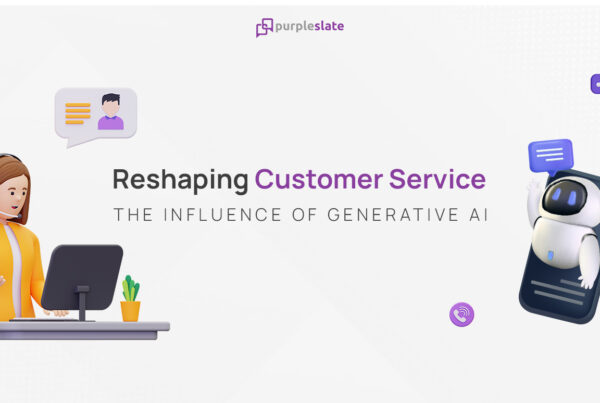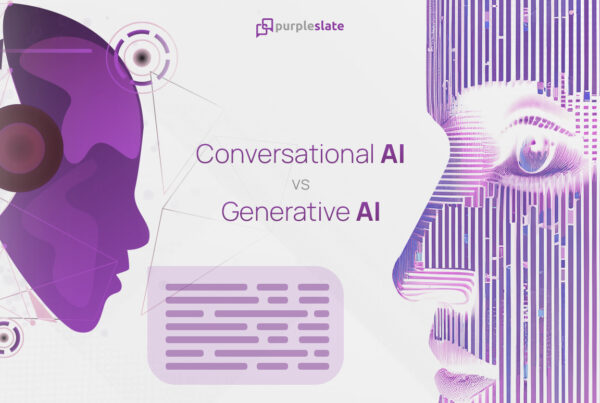
Introduction
In today’s data-driven world, businesses are collecting data every second leaving Data analysts with thousands of interlocking Data sets. The struggle to collect, organize, and arrive at trends is an uphill task for them.
According to IDC, by 2025, the sum of business and consumer data will reach 175 zettabytes in size.
The amount of information you can extract from data is enormous. Now the most important question here is, are we utilizing data the right way?
Decisions based on instincts will not help your business in the long run. The right data can help you understand your business better and make informed decisions.
Data analytics can become a struggle if you do not exactly know what to do with the data. Only answers to your questions on data can help you make decisions. Not most analytics tools do that.
Now that organizations have realized the importance of data. Are they utilizing data to the fullest potential? What are all the possible roadblocks an organization can face?
In this blog, let’s go over some of the key roadblocks faced by organizations when it comes to making data decisions.
Poor Quality of Data
The worst thing one can have than not having any data is the poor quality of data.
Any data that is inaccurate, incomplete and out of date is of no use to the organization. Having poor quality data only increases your risk of making bad decisions, eventually leading to a loss in revenue.
According to an IBM report, poor data quality on average costs businesses worldwide anywhere between $9.7 million and $14.2 million yearly.
Organizations should follow these 5 principles to cultivate good quality data.
- Accuracy
- Completeness
- Consistency
- Uniqueness
- Timeliness
Analytics solutions fail to provide timely insights
Let’s say you have good quality data. What if you don’t get it at the right time?
When you are investing in an analytics platform, you expect timely insights that guide you to make business decisions.
But what do the so-called self-serve analytics tools do today? They provide you with yet another dashboard. From which you have to glean insights and make decisions.
Or else, you have to rely on a team to provide you with the insights. Depending upon the complexity of data and the requirement, you may get what you asked for in hours or in days in some cases.
The complexity of Data Visualization
We all know dashboards are easy to interpret and drill-down information. Dashboards are good. But you need something more than a dashboard. You need answers to your data questions, not another dashboard.
We all know that the very purpose of dashboards is to make the whole process of analyzing data easy. But what if dashboards become complicated?
Yes, dashboards can become complicated. As the complexity of data increases, dashboards become more and more difficult to comprehend. Are dashboards dead?
Data visualization through dashboard has its limitations. Unless you know what you are looking for in your data, it is a challenge to derive the right insights. If you are not certain about what you require from the dashboard or how to properly use the data visualization tool, then you will end up getting the wrong information.
Yes, in some cases, data visualization can be complex.
Finding the right person for the Job
Identifying the right talent is another problem faced by businesses today. It goes without saying that not all departments understand the language of data. Hence the requirement for an expert team to do the job efficiently.
Businesses struggle to identify the right team. In order to interpret data, there is a need to identify the right data analyst who understands how to interpret the data required for the decision-makers.
Is there a one-stop solution for all these problems? Yes, conversational AI is the answer.
Conversational Insights to the rescue
Imagine having a smart virtual assistant who can answer all your data questions in a jiffy. This is possible with search based analytics tool. And it is the way forward in this data-driven world.
If you want deep insights into your data, it is important to unlock every context of the question. Conversational insights provide you with just what you need. With the right technology, businesses can uncover the most critical insights that were once undetectable.
With Conversational Insights, you need not worry about the complexity of data visualization or the need to identify the right team to help you with data analysis. Just ask the right questions and the conversational analytics platform will provide you with the right answers.
In a Nutshell
The road to understanding your data better starts with conversational insights. With tailored insights, you can get a more accurate sense of understanding data based on actual metrics and KPIs.
And the best part is that you get the insights in real-time., which is why conversational insights is the future of business intelligence.
We are all very much acquainted with virtual conversations. Investing in a conversational insights tool will reap enormous benefits.




